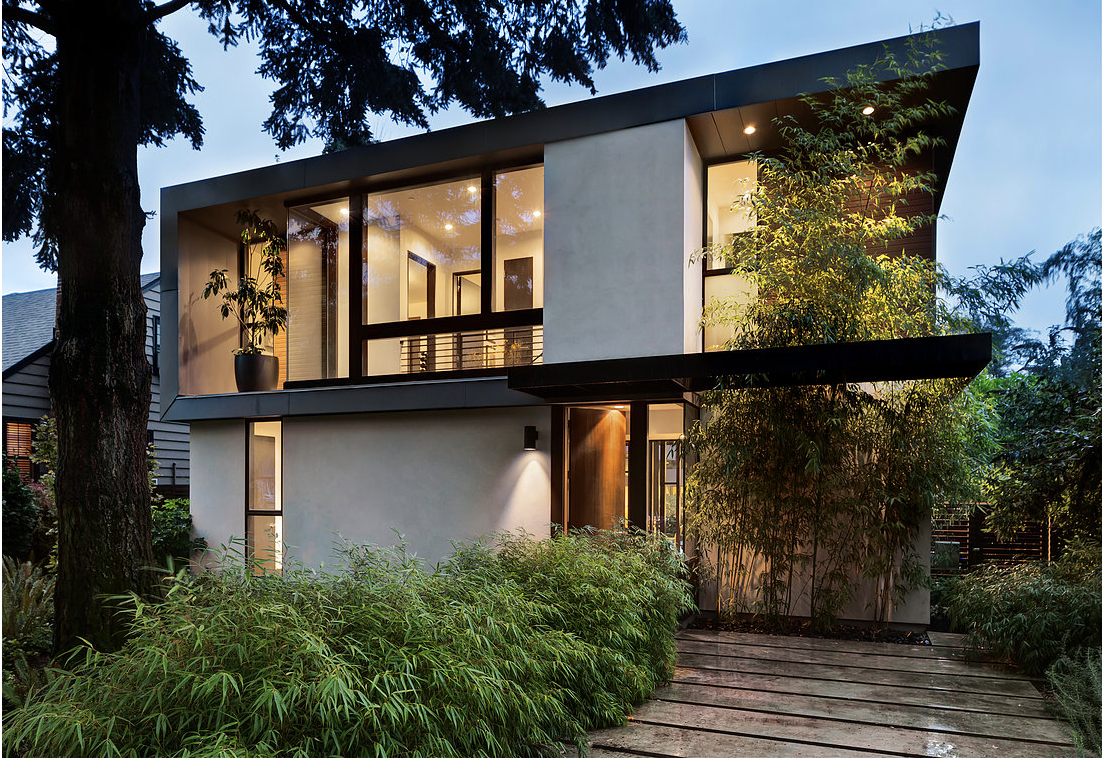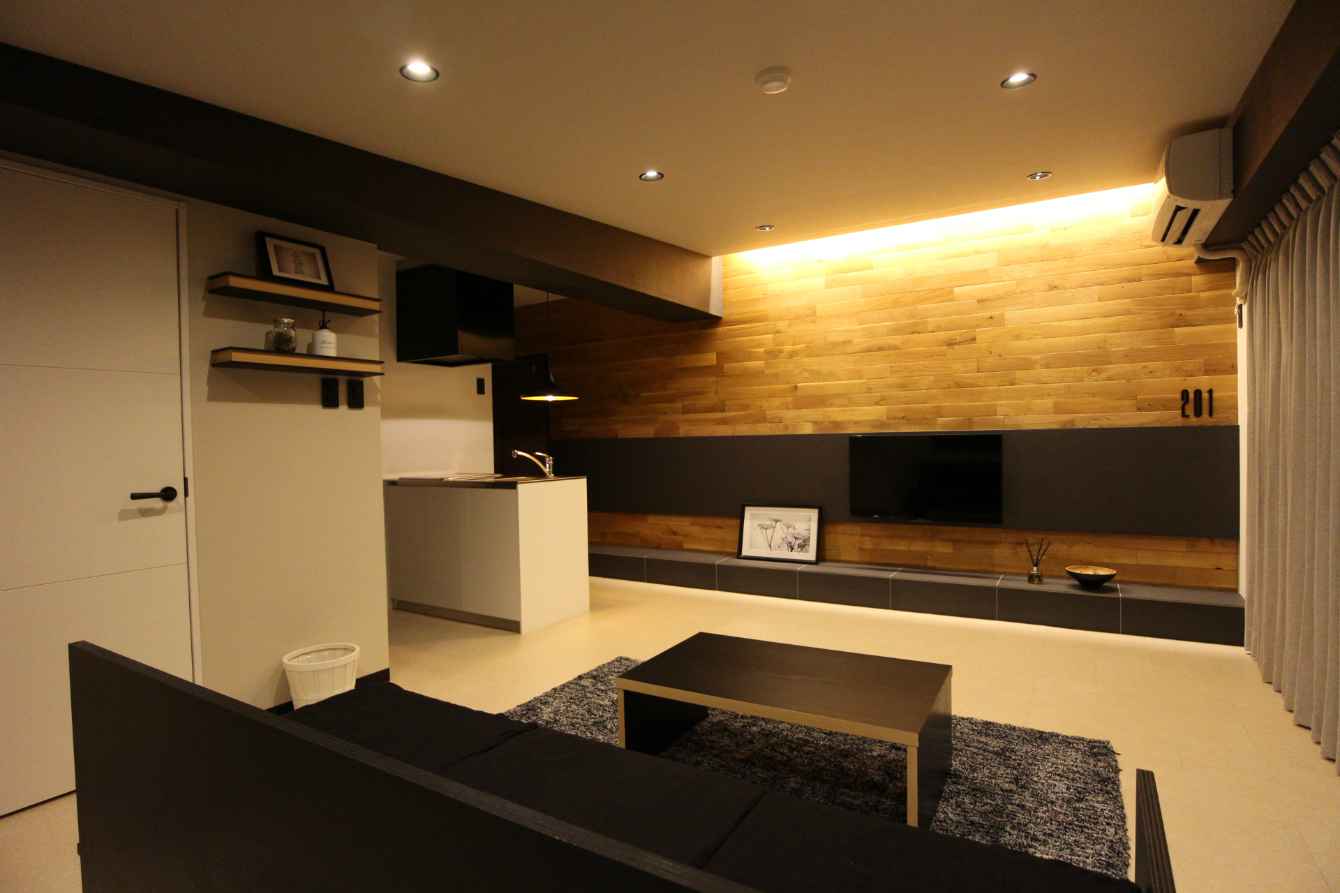SUNDAY, APRIL 01, 2018

If you were to do a quick google search regarding Japanese Real Estate you probably will come across this question:
Why is Japanese Real Estate considered disposable?
Japan has 20% of the world's strongest earthquakes with earthquakes reaching or above six on the Richter Scale. Following the Great Kanto Earthquake, Fukui Earthquake, Tokachi Earhquake, Miyagi Earthquake, and the Hanshin-Awaji Earthquake the standards for earthquake resistance were amended. They were first introduced after the Great Kanto Earthquake and then amended on 1950, 1971, 1981, and 2000 respectively.
Jiro Yoshida of Pennsylvania State University mentions, In Japan, people's perception about building life spans were formed on the basis of traditional structures that were vulnerable to earthquakes and fire. Although modern structures are significantly more robust to these risks, people's perceptions have not changed very much.
With this ideology still present to this day, the lifespan of the home before it becomes disposable of 15 years has become the norm.

As I mentioned above, the norm is 15 years before Japanese become disposable, but there is a contrary belief to the norm.
Depending on the buildings construction, the life span of the home will of course be different. The "norm" of Japanese real estate depreciation is viewed through tax law.
Reinforced Concrete construction is said to have a life span of 47 years.
Heavy weigh steel construction is said to have a life span of 34 years.
Light weight steel construction is said to have a life span of 19 years.
Wooden construction is said to have a life span of 22 years.
These life spans are viewed through taxation of said property, not the construction themselves.
For Reinforced Concrete construction, the life span of the building is assessed to last between 117 years to 150 years depending on the finishing material, and how the exterior of the building was crafted.
Jiro Yoshida is an Associate Professor of Business at the Smeal College of Business, Pennsylvania State University.
In his 2016 study, he created models to compare the depreciation rates of real estate in Japan to real estate in Centre County, Pennsylvania (the county where Pennsylvania State University is located).
He mentions the structure depreciation rate based on price data is 6.4% to 7% for residential properties and 9.1% to 10.2% for commercial properties in Japan. The bias corrected median life span of structures in Japan is 30-35 years for residential and 20 to 30 years for commercial properties.
In conclusion, there are many variables of why Japanese real estate depreciates at a faster rate when compared to those in other countries. As mentioned above, Mother Nature plays a role, but the culture that has been in place for rebuilding I believe also plays a huge role. The taxation system which "can" be friendly for investors since the depreciation cost can be a deductible.
Currently, home builders are advertising 100 year homes or even 200 year homes. Hopefully in the future the culture of the constant rebuilding will change. Therefore allowing real estate in Japan to have a better resale value because of this shift in culture.